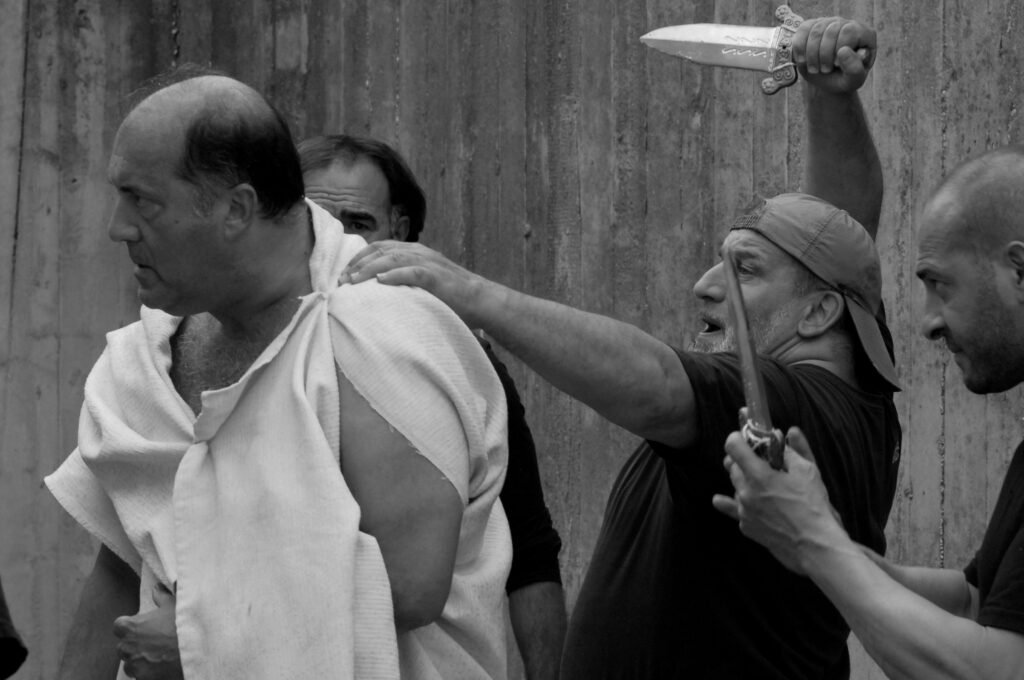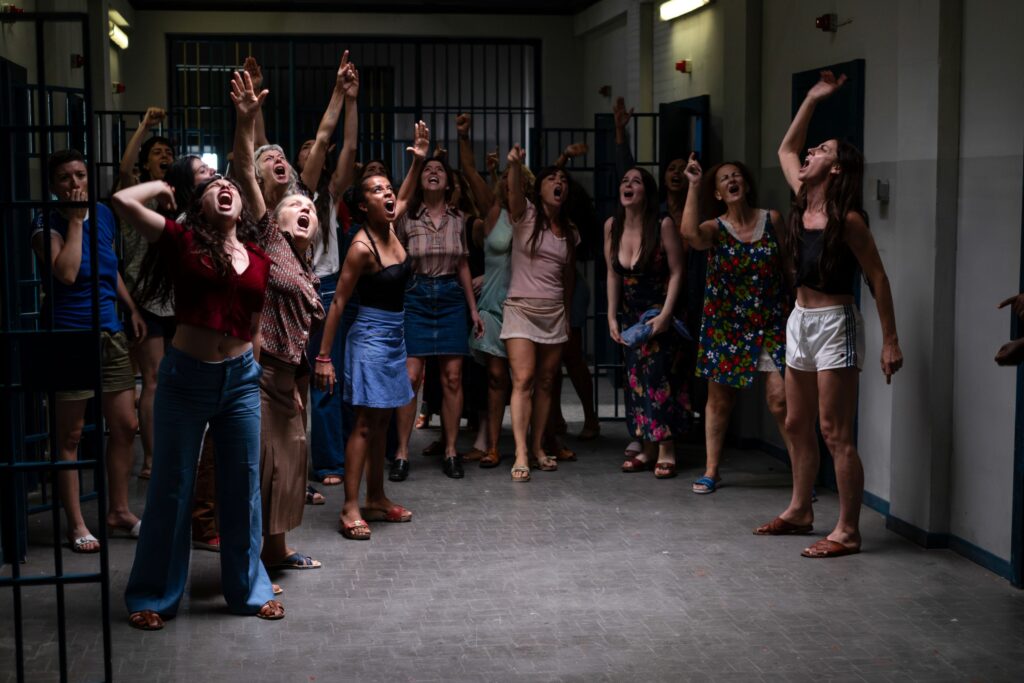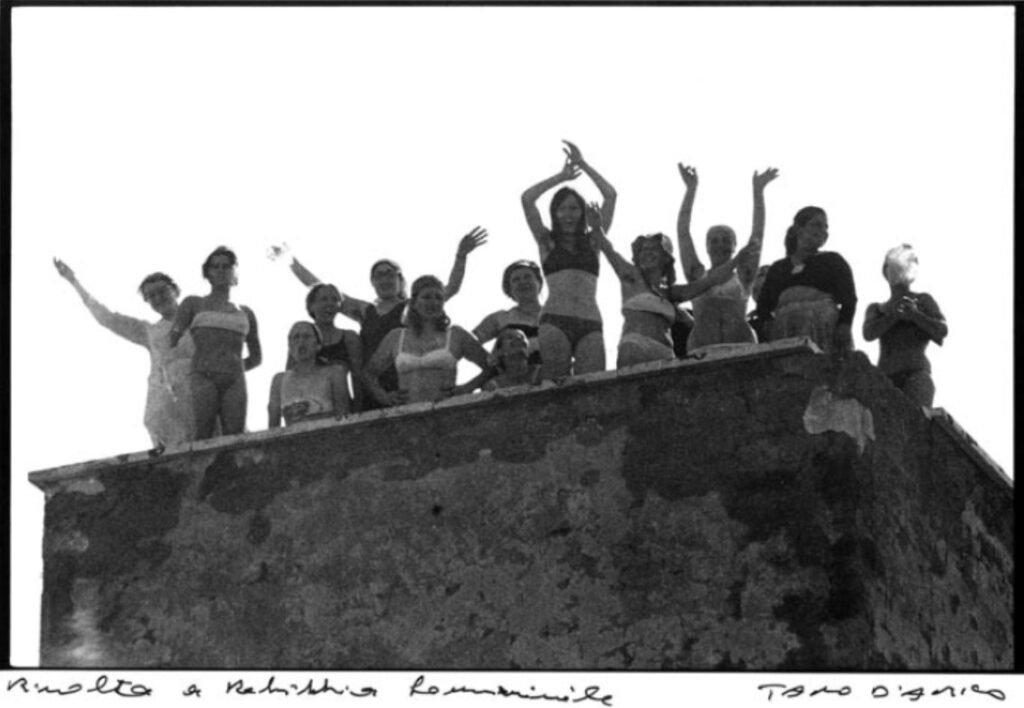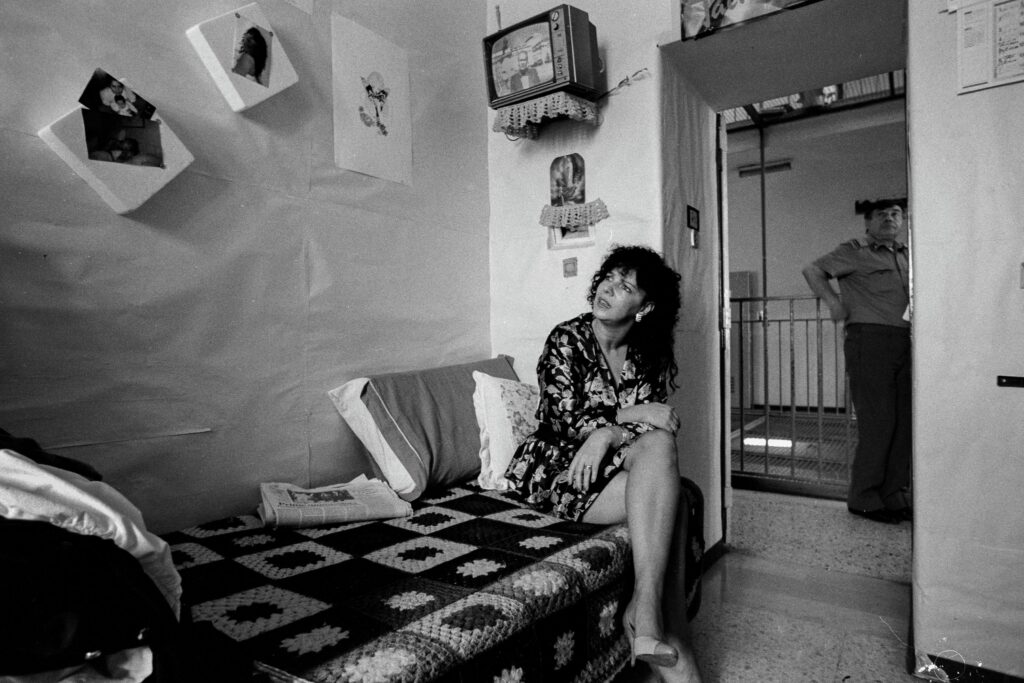A Sea That Diffracts
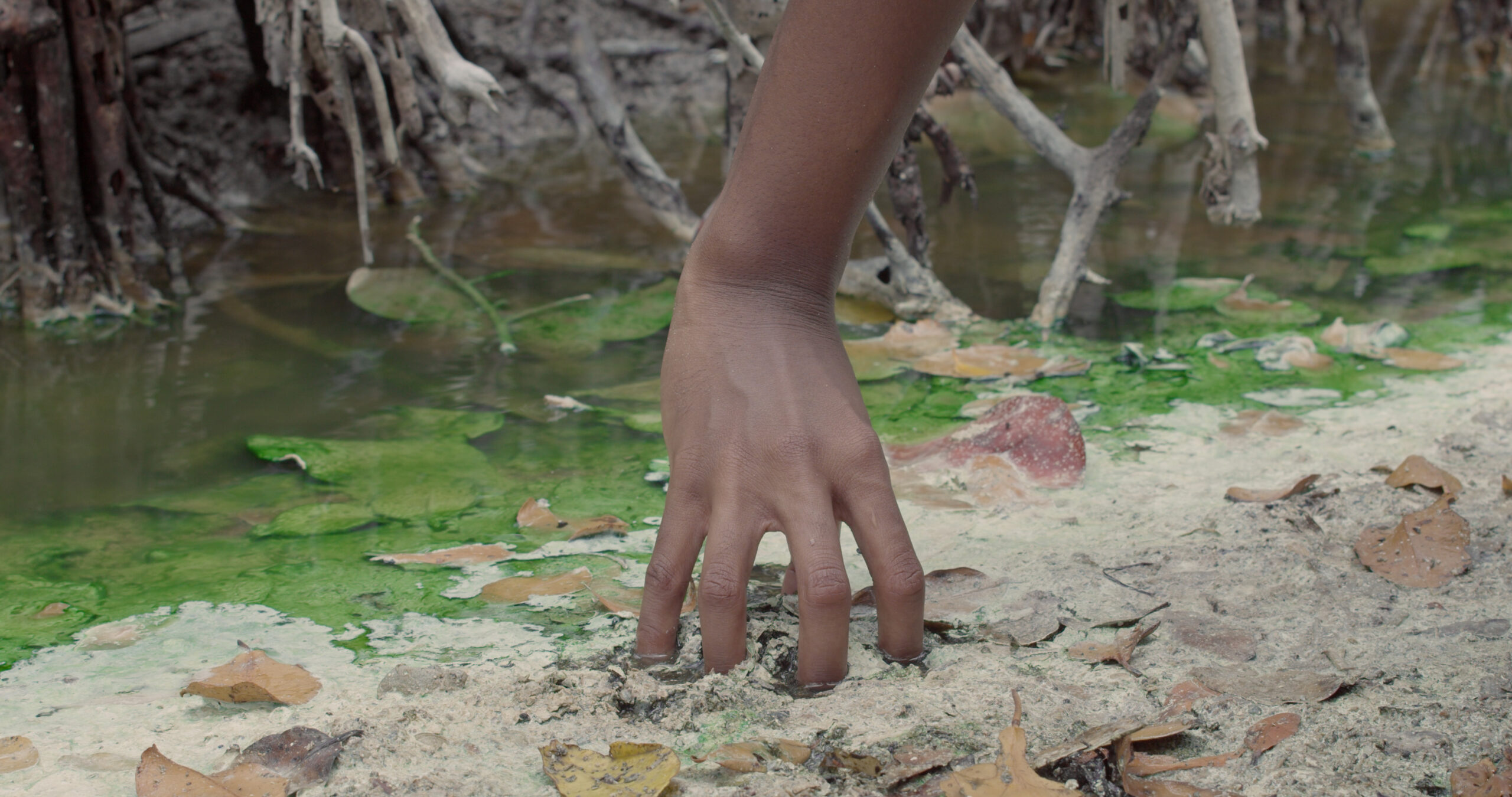
This article tells the story of a recent event in music, sparked on the Antillean island of Martinique, nestled in the folds of the Caribbean archipelago. This territory is part of one of the French overseas departments and regions—the so-called Overseas France—an extremely peripheral European region that stems from the remnants, far from marginal, of the French colonial empire. To discuss contemporary Martinique and some of its characteristics, we turn to Édouard Glissant, a French writer and essayist of Martinican origin. The legacy of his thought—delicate yet highly sophisticated—on the differences and opacities embedded in the relations between the two poles still helps us understand the world in all its intricacies: rhizomatic and in constant transformation.
“This has always been a place of encounter and connivance and, at the same time, a passageway toward the American continent. Compared to the Mediterranean, which is an inner sea surrounded by lands, a sea that concentrates (in Greek, Hebrew, and Latin antiquity and later in the emergence of Islam, imposing the thought of the One), the Caribbean is, in contrast, a sea that explodes the scattered lands into an arc. A sea that diffracts.”1 In this passage, Glissant makes a comparison between the Mediterranean and the Caribbean—a condition which I suddenly stumbled upon as soon as I landed at the Aimé Césaire airport in Fort-de-France in 2023—although I was clouded by a disorienting feeling: that of still finding myself in a kind of European continuity, despite the nearly nine-hour transatlantic flight, the tropical vegetation, and a time zone far removed from the Mediterranean region I had come from.

The reason behind my trip to Martinique is Mangrovia, an audiovisual project born from an invitation by French DJ and producer Low Jack, co-signed with Invernomuto and previewed at Paris’ Bourse de Commerce in 2024. The film, entirely shot in Martinique over two weeks of filming, is inspired by a music scene—though it doesn’t explicitly narrate its story. That scene is the driving force behind this piece, and it’s called Shatta: a genre inextricably linked to Jamaican dancehall, which emerged in the 2000s and 2010s in Volga-Plage, a neighbourhood of Fort-de-France. From the capital, it quickly spread across the island, then the archipelago, and more recently—and on a larger scale—to the métropole, the Martinican slang for mainland France.
Going back to Glissant, “What took place in the Caribbean, which could be summed up in the word creolization, approximates the idea of Relation for us as nearly as possible. It is not merely an encounter, a shock (in Segalen's sense), a métissage, but a new and original dimension allowing each person to be there and elsewhere, rooted and open, lost in the mountains and free beneath the sea, in harmony and in errantry.”2 This layering is clearly present in the sparse, stripped-down beats that define shatta tracks—especially if one pays attention to the lyrics, which are generally sung in English, patois, French (though to a lesser extent), and, above all, Martinican Creole. “Primarily spoken in the Lesser Antilles, Creole was born during colonisation (around 1635-1700) in order for plantation owners and slaves of different origins to understand one another. It combined elements of Carib, English, Spanish, Portuguese and African languages. Today, after being standardised, it is spoken by approximately 1 million speakers and is an efficient tool of communication for travellers between neighbouring English- and French-speaking territories,”3 explains ethnomusicologist Coraline Kandassamy, who in recent years has studied shatta as a rich field for exploring French-Caribbean youth culture of Black heritage through a feminist lens. “Through Creole, Martinicans are aware of their power, their relevance and their legitimacy away from the French metropole.”4 Creole, now widely spoken by young Martinicans, has become a tool of resistance within Shatta lyrics. The very term shatta—apparently of Jamaican origin, derived from shooter and used in dancehall slang to refer to a gangster figure—took on a broader meaning once adapted into Creole, coming to include a female figure valued for her transgressive or morally uninhibited behaviour.5
"In Shatta, everything is precise—every sound has its place. There's a sense of minimalism, despite the potential for many layers."
Music-wise, the connection with dancehall is essential—to the point that, for most producers, Shatta is considered a Martinican version of dancehall itself: a lighter, reworked form, whose voices—beyond moving through various linguistic registers—are predominantly female. During the research for this article, I interviewed Lijay6, a key figure in the scene and producer for artists such as Maureen, a Martinican MC and star based in Paris. Lijay describes Shatta this way: “No kick drums. Deep bass. A classic dancehall pattern, though it's evolving. There's a sense of minimalism, despite the potential for many layers. In Shatta, everything is precise–every sound has its place.”7
The first attempts to define a local style date back to the late 2000s, between 2007 and 2010: SK Shatta, a producer based in Volga, Fort-de-France, began experimenting with that kind of beat, creating original instrumentals for a selection of Jamaican dancehall hits by artists such as Vybz Kartel, Mr. Vegas, and Charlie Black, just to name a few. This marked the beginning of the remix era—when the shatta beat, or rather a pseudo-shatta in its earliest form, was paired with a cappella vocals from Jamaican MCs. “From 2013 to 2017, we can speak of a true golden age of remixes, which gave rise to highly successful riddims such as Monopoly, Nefertiti, WAS, and Politics—each reaching millions of views.”8

Lijay cites a specific track as a turning point in the shift from simple remixes to more elaborate Shatta productions: DJ Glad’s remix of Bubble Like Soup by dancehall diva Timberlee—a track originally produced in 2007 by Ward 21 (off topic: the video clip is a tiny masterpiece of set and lighting design). In Glad’s riddim, the song expands irreversibly, almost ten years later (it’s dated 2015 on SoundCloud). Curiously, the same track was remixed again in 2024 by Natoxie—one of the key figures in Shatta’s most recent wave—thus creating a trans-Caribbean thread running through Shatta’s evolution over the past two decades.
Around 2015–2016, “People started to get tired of simple remixes and two-note beats,” Liljay explains. The Monopoly riddim, mentioned just above by Coraline Kandassamy, is a classic example of a two-note beat—a very simple one, literally made up of just two notes. “The scene got saturated with basic, rushed tracks, with equally fast beats. That’s why the term two-note started to get a bad reputation. When we began producing more thoughtful remixes and original tracks, we needed a new name to set them apart. That’s when the word Shatta started being used seriously—maybe around 2018.” From that point on, we began speaking of recent history—and, in some cases, of a full-blown pop phenomenon. Kryssy, Shannon, the above-mentioned Maureen, Jahlys, and Shaydee are among the most prominent voices in contemporary Shatta.
Tic by Maureen, released in 2020 and shaped by Lijay’s expert touch, marks an almost epochal turning point in the internationalisation of Shatta: the track was featured in the playlist for Mugler’s SS21 runway show, accompanying Bella Hadid on the catwalk. On that occasion, music consultancy was entrusted to DJ Bobby Beethoven—then still known as Total Freedom—no stranger to the bold elevation of local music scenes. In the previous season, he had even included Mal à Dit by Shannon, another hit that broke beyond Martinican borders.
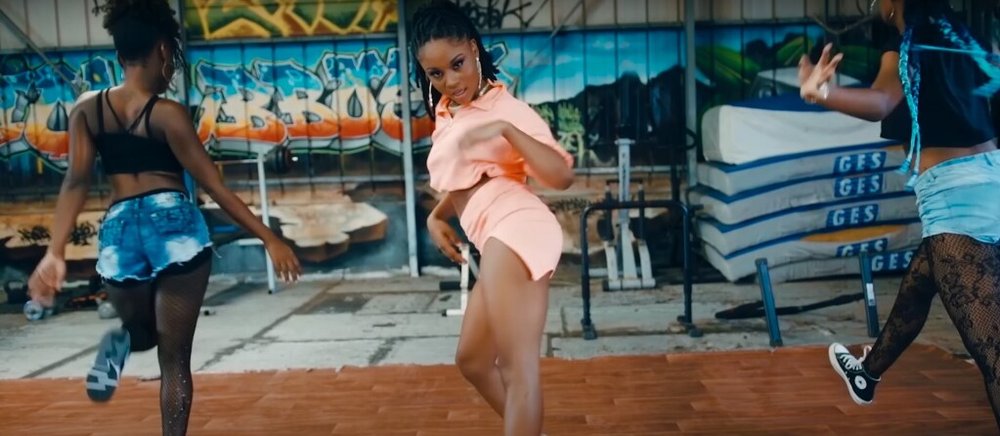
There is, ultimately, a technological aspect to consider—specifically, the way Shatta has been, and continues to be, distributed. Lijay points out that streaming platforms like Spotify only arrived in Martinique around 2021 or 2022. For this reason, SoundCloud served as one of the main distribution channels—for tracks, mixes, and especially remixes—during the early years of the genre. Today, TikTok has become a key platform, as demonstrated by a recent collaboration between Maureen and dancehall MC Blaiz Fayah, Money Pull Up—a seamless fusion of raw dancehall and Shatta that went irreversibly viral.9
In Martinique, we observed the island’s various mangrove ecosystems on a daily basis. The film I mentioned earlier—Mangrovia, in fact—is based on a subjective exploration, like the protagonist of a video game searching for secret passages and hidden gateways to complete the level as quickly as possible. The mangrove outlines the borders of the island—though these are frayed, porous boundaries that reach outward. In Glissant, there’s a passage—I believe it’s in Tout-Monde, though I can’t seem to find it now—where the protagonists of the vast narrative descend from the mangroves, get lost among the roots, and merge with them at once: a gradual, magical transition that follows the hidden rhythms of the ecosystem. It’s a vision that resonates deeply with how Shatta emerged in Martinique and across the Caribbean archipelago10—an intricate network of roots, traumas, and the spirits that accompany them, transnational crossings that today look elsewhere in search of new relationships.
- Édouard Glissant, Poetica della Relazione (Roma: Meltemi, 2007).
↩︎ - Ibid. ↩︎
- Coraline Kandassamy, Shatta music, a new space for French West Indian feminism, Études caribéennes 55, Agosto 2023, http://journals.openedition.org/etudescaribeennes/27727.
↩︎ - Ibid. ↩︎
- Coraline Kandassamy, Shatta Music, from Madinina to The World: New Identity Dynamics in Martinique, Études caribéennes 54, April 2023, http://journals.openedition.org/etudescaribeennes/26426.
↩︎ - Thanks to Philippe Hallais, aka Low Jack, and Yona Mazigh for facilitating contacts. ↩︎
- These and all of Lijay’s statements are taken from an interview with the author conducted in June 2025. ↩︎
- Coraline Kandassamy, Shatta Music, from Madinina to The World: New Identity Dynamics in Martinique, Études caribéennes 54, Aprile 2023, http://journals.openedition.org/etudescaribeennes/26426.
↩︎ - Kyle Denis, Blaiz Fayah Talks Global Hit ‘Money Pull Up’ & New ‘Shatta Ting’ Album: ‘No Other Music Brings Me This Kind of Madness’, Billboard, 27 febbraio 2025, https://www.billboard.com/music/rb-hip-hop/blaiz-fayah-money-pull-up-tiktok-shatta-ting-album-paris-france-dancehall-1235911685/.
↩︎ - I would like to highlight a mix by Crystalmess for NTS Radio, offering a wide-ranging exploration of shatta e bouyon: https://www.nts.live/shows/rapmania/episodes/rapmania-29th-august-2023. ↩︎
